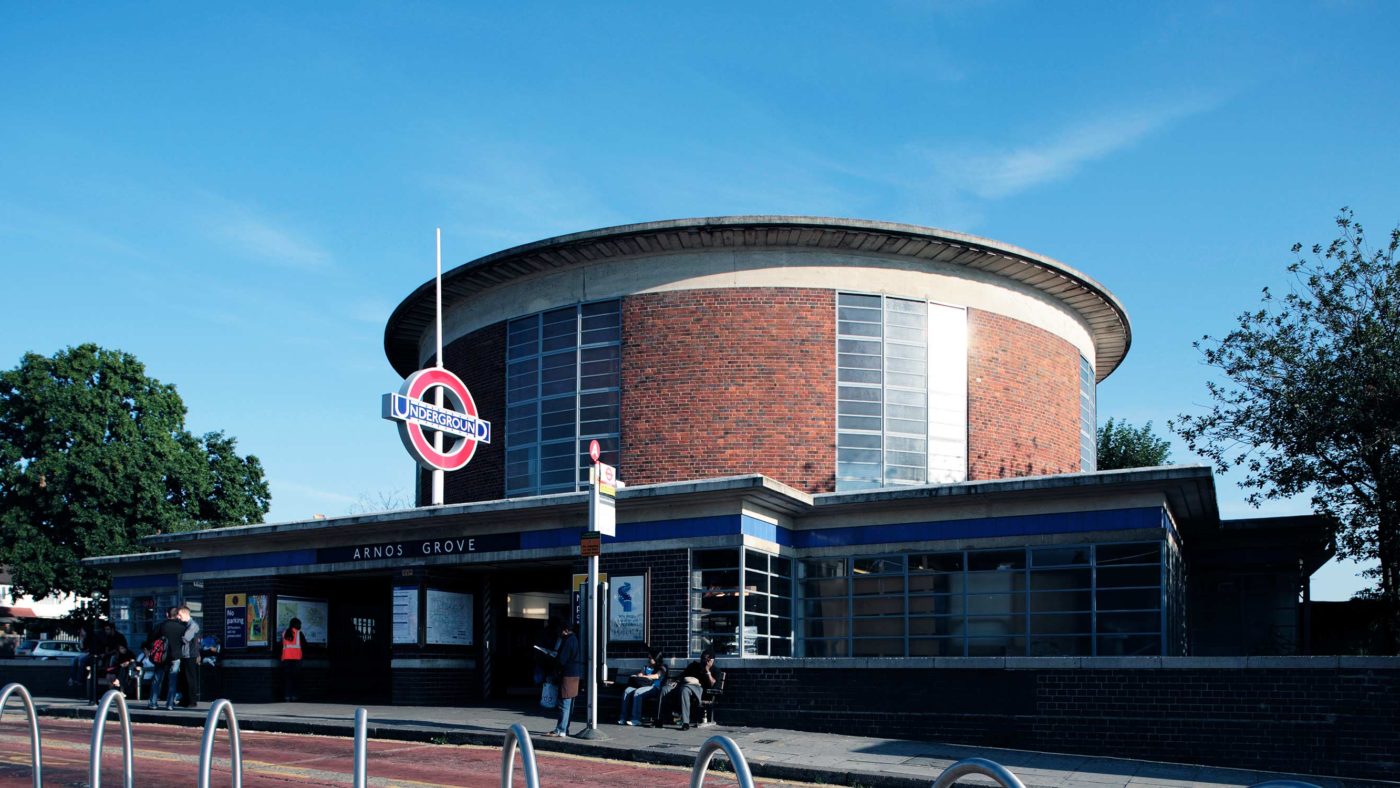History may never quite repeat itself, but there is a definite rhyme in this week’s news that Transport for London has launched a new commercial property company in order to generate revenue for the network.
According to MyLondon, TfL aims to build some 20,000 homes over the next ten years, on top of the 1,700 already under construction, as well as commercial developments on top of major stations.
This is an excellent initiative from what is one of the capital’s larger landowners, with parcels of real estate all over central London. In fact, this sort of synergy harks back to the golden age of British railways, when similar investments were regularly made by private companies who built and operated lines.
Perhaps the most obvious example of this is the once-common ‘railway hotels’, built on top of or adjacent to stations all over the country. Readers may be familiar with the Midland Hotel in Manchester, that staple of the party conference season; the Charing Cross and St Pancras hotels are just two high-profile examples of the form in London.
In major cities, as those examples attest, these were often grand affairs – natural extensions of the beautiful, statement stations which (where they were not knocked down) remain some of the most iconic buildings in our city centres more than a century later.
Some lines also went much further. The London Underground’s Metropolitan Line serves north-west London because the Metropolitan Railway actually built so much of it in the first place. Surplus land purchased to build the line was developed and sold, with whole suburbs springing up around the new stations.
Unfortunately, this scheme is not ambitious on that scale. But that isn’t TfL’s fault.
Just as Clement Attlee’s final nationalisation of the railways stripped them of the incentive to devise such schemes, so did his nationalisation of the planning system make it functionally impossible to implement them anyway.
This means we have effectively cut off what was once a natural dynamo for development and growth.
Imagine if privately-owned railways (such as those which operate in Japan) were able to develop and sell or lease the land within ten minutes’ walk of a new railway station, as proposed by the Adam Smith Institute in their Green Noose report. It would mean homes and businesses following infrastructure, with a commercial incentive on both sides for a joined-up approach, the frequent absence of which has helped to spur public hostility to new development.
(Sometimes similar projects can succeed on a very local scale, such as the way developers helped to finance the Northern Line extension to Nine Elms and Battersea Power Station, and get them gerrymandered into Zone 1 in the process. But there is no prospect of TfL and partners delivering such a project on the scope of ‘Metro-Land’ – for example, by finally delivering the Northern Heights extension.)
TfL’s initiative, drawing as it does on a deep well of experience in this country, demonstrates that there doesn’t need to be a contradiction between commerce and a properly run public service. Indeed, dividing the two seriously undermined the network, resulting in decades of line closures, ugly stations, and dwindling passenger numbers.
Meanwhile what had once been great public buildings (even if privately owned) fell into exclusively private use. Perhaps nothing symbolises this better than that the grand, vaulted entrance to St Pancras, now reserved exclusively for guests of the hotel – actual passengers have to scurry in through the old cellars.
And when John Major finally made a step back towards private involvement in the 1990s, he regrettably opted for a model which doesn’t unlock these benefits, leasing companies the right to operate passenger franchises on a short-term basis but keeping the assets, and long-term interest in the network, in state hands.
It is therefore no surprise that the old Mayfield Station, a city-centre site in Manchester right next to the main terminus at Piccadilly, remains derelict almost 40 years after closing in 1986.
We can do better. TfL branching into London’s overheated property market to prop up the existing network is not quite the secret sauce that gave us the pre-War infrastructure revolution. But it’s at least a step in the right direction.
So long as Grant Shapps doesn’t veto the proposals, of course.
Click here to subscribe to our daily briefing – the best pieces from CapX and across the web.
CapX depends on the generosity of its readers. If you value what we do, please consider making a donation.


